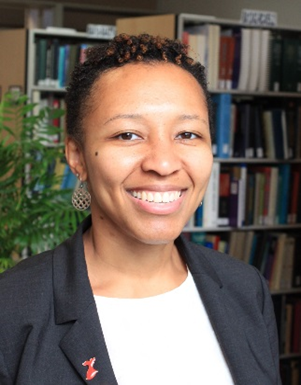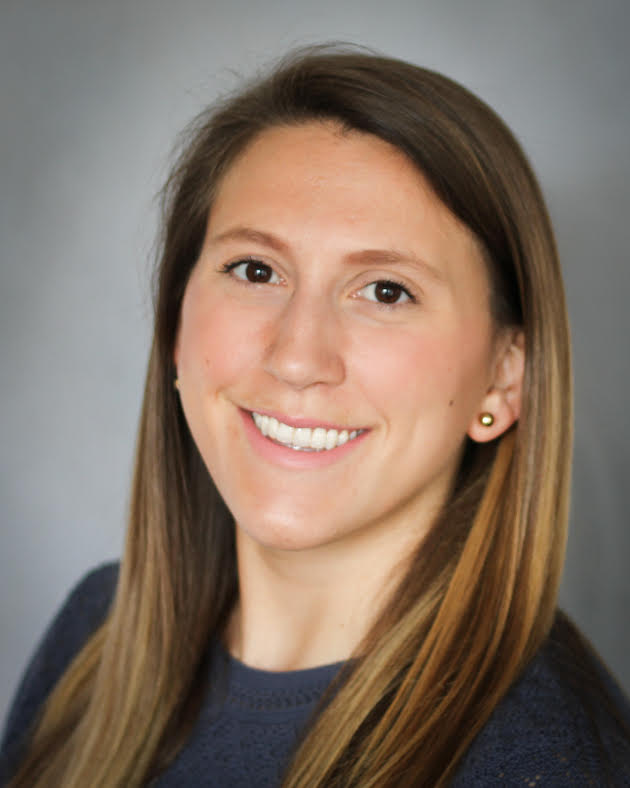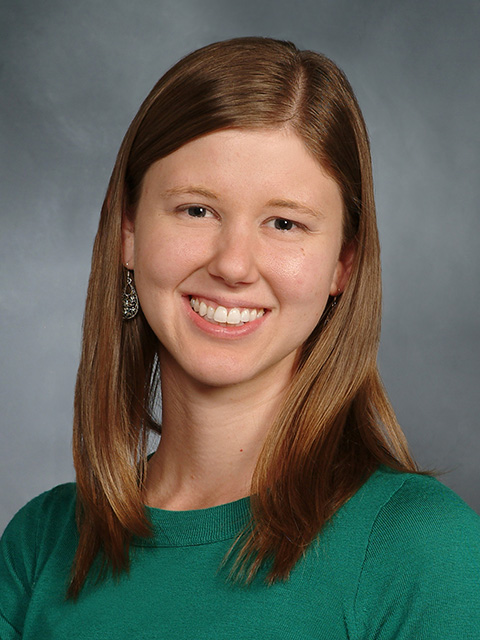
Fall 2021
SBM’s Newest Voices of Science Communication
Carly M. Goldstein, PhD✉; SBM Civic and Public Engagement Committee Chair



Stephanie L. Fitzpatrick, PhD; Jaclyn P. Maher, PhD; and Megan J. Shen, PhD
SBM’s Civic and Public Engagement Committee (CPEC) educates members about best practices and techniques for science communication (SciComm). Three members joined CPEC earlier this year, energized and committed to SciComm in behavioral medicine.
Dr. Stephanie L. Fitzpatrick (SLF) is the Senior Manager of Multicultural Program at WW (formerly Weight Watchers) and Senior Investigator at Kaiser Permanente Center for Health Research. Dr. Jaclyn Maher (JM) is an Assistant Professor in the Department of Kinesiology at University of North Carolina Greensboro. Dr. Megan J. Shen (MJS) is an Associate Professor at Fred Hutchinson Cancer Research Center in the Clinical Research Division.
How did your SciComm interest arise?
SLF: I have always had a passion for communicating science written or orally to community groups, particularly those at greatest risk for chronic diseases.
JM: I saw colleagues that I admired engaging in SciComm and getting great traction on their work. Honestly, it gave me FOMO so I decided to be more engaged on twitter and develop infographics based on our lab's work.
MJS: I’ve always wanted to make my science applicable to a wider audience, so I participated in a training through “The Op-Ed Project.” It focused on how to write, pitch, and publish powerful op-eds. That begin my love for SciComm, which I see as a strategy to impact society.
How does SciComm relate to your professional or personal roles?
JM: As a tenure track faculty member, two of my goals are to establish my expertise within the field and develop community partnerships. SciComm through twitter and infographics help me accomplish both.
MJS: Professionally, SciComm can increase my visibility, the impact of my science, and my interconnectedness. Personally, I can write about topics near and dear to me, like being a working mother. It was a great way to connect and clarify my own thinking.
Why did you join CPEC?
SLF: To hone my skills and SciComm while supported by other like-minded SBMers who have a passion for this work.
JM: Being relatively new to SciComm but aware of the potential to reach large audiences with it, I joined to learn more about it while learning from others who have more experience.
MJS: Empowering behavioral science researchers to use tools like op-eds, social media, and infographics can bring critically needed voices to the table on key cultural and health-related issues.
How has your perspective on SciComm changed?
JM: Five years ago, SciComm wasn't on my radar. The more I considered it, SciComm has the potential to extend the reach of my work. That's a no brainer to me!
MJS: I have become more engaged in social media and writing in non-academic spaces, where communication rapidly spreads. This highlights how ineffectively standard journal articles communicate to the public. I think in the future that faculty will have to incorporate SciComm into their professional portfolios.
What do you want members who are not currently engaging in science communication to know?
JM: You don't have to be perfect at it when you start. I am still honing my craft of making infographics. Involving other people generates the best possible product; it puts less pressure on one individual to make something engaging.
Please describe your favorite SciComm effort to date.
SLF: The first is when I led a writing group of colleagues from the Society for Health Psychology and SBM to respond to the request for public comments from the Centers for Medicare & Medicaid Services’ proposed plan for the Medicare Diabetes Prevention Program (DPP) and publish that comment in Translational Behavioral Medicine. Commenting had implications for DPP access and diabetes prevalence disparities. The second was presenting findings from my recent clinical trial, Bridge to Health/Puente a la Salud, to my community partners. Oftentimes when a trial is completed, we write papers and move on, but it was important to share findings and lessons learned with the community to maintain a strong, reciprocal relationship.
JM: In June 2020, I was a SBM webinar panelist on infographics. I learned a lot from more experienced panelists. It was great to see how many people attended and wanted to learn more. If you didn’t catch it live, you should watch the recording!
MJS: Getting my op-ed on the inequities of COVID-19 vaccine distribution published in USA Today, which has the largest readership online of any news source. I was proud that I went from having no clue how to write an op-ed and getting several rejected to getting published in a top news outlet on a topic that I’m passionate about: health equity.
If you are interested in joining CPEC, please contact Dr. Carly Goldstein at carly_goldstein@brown.edu